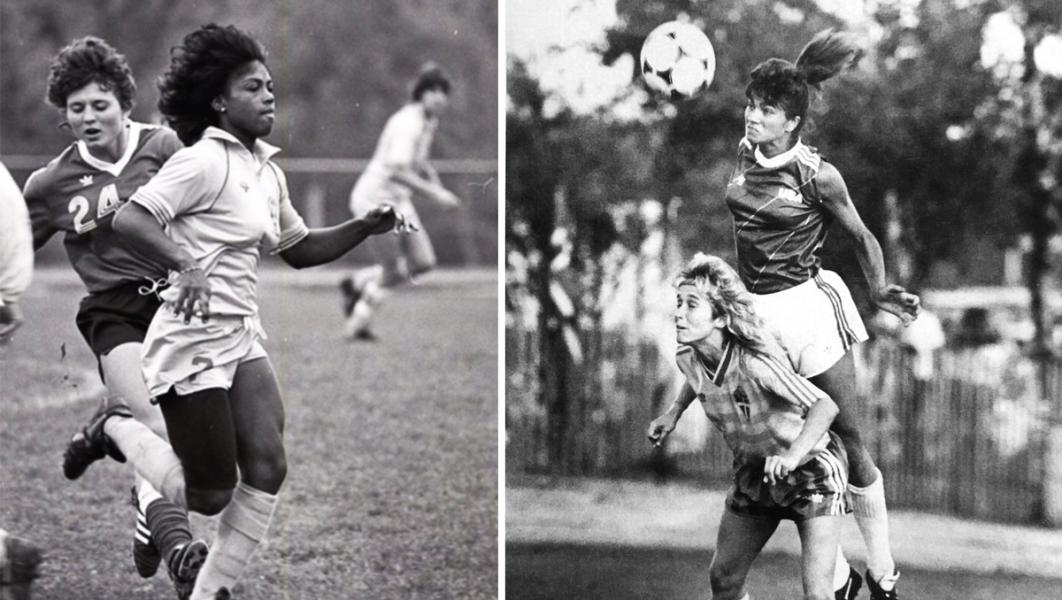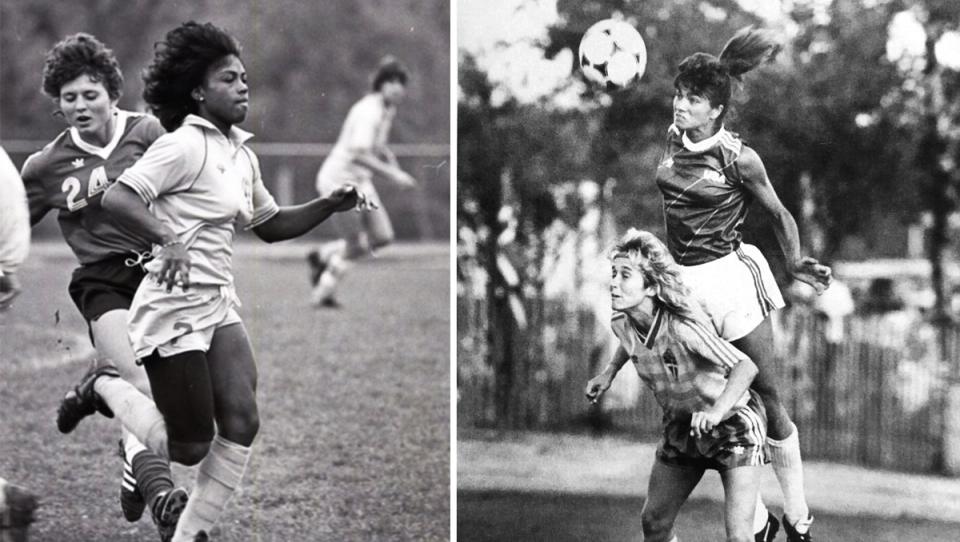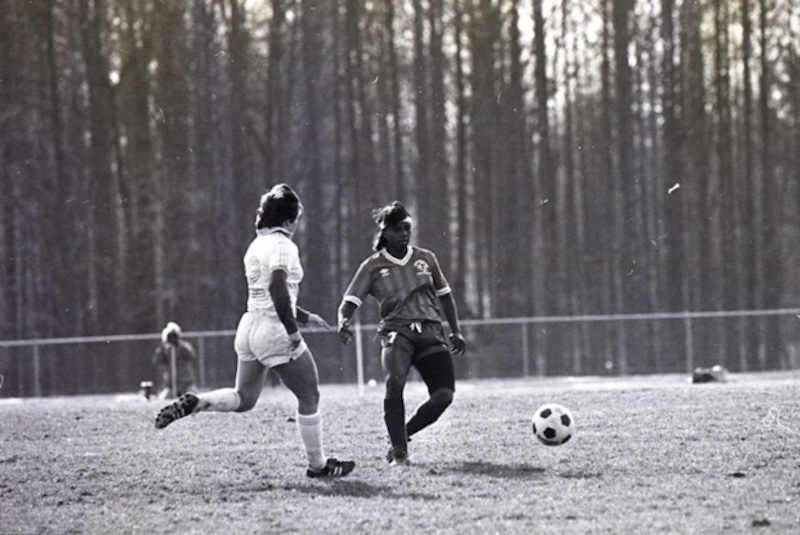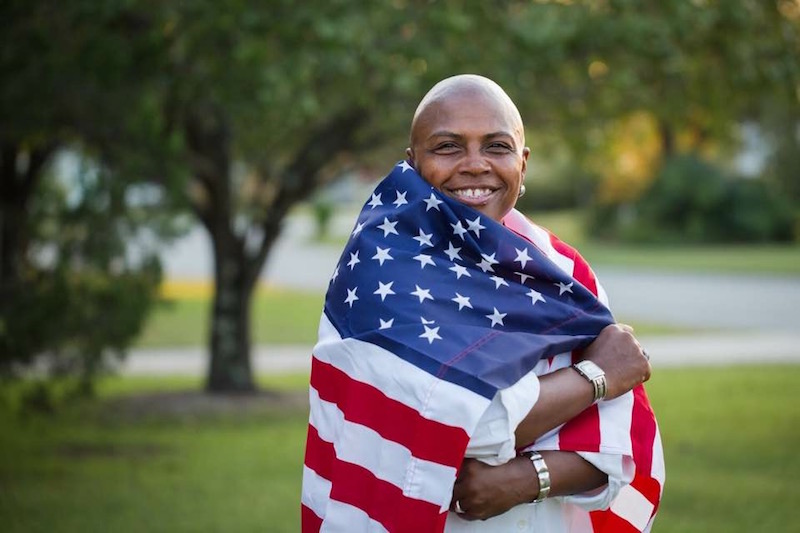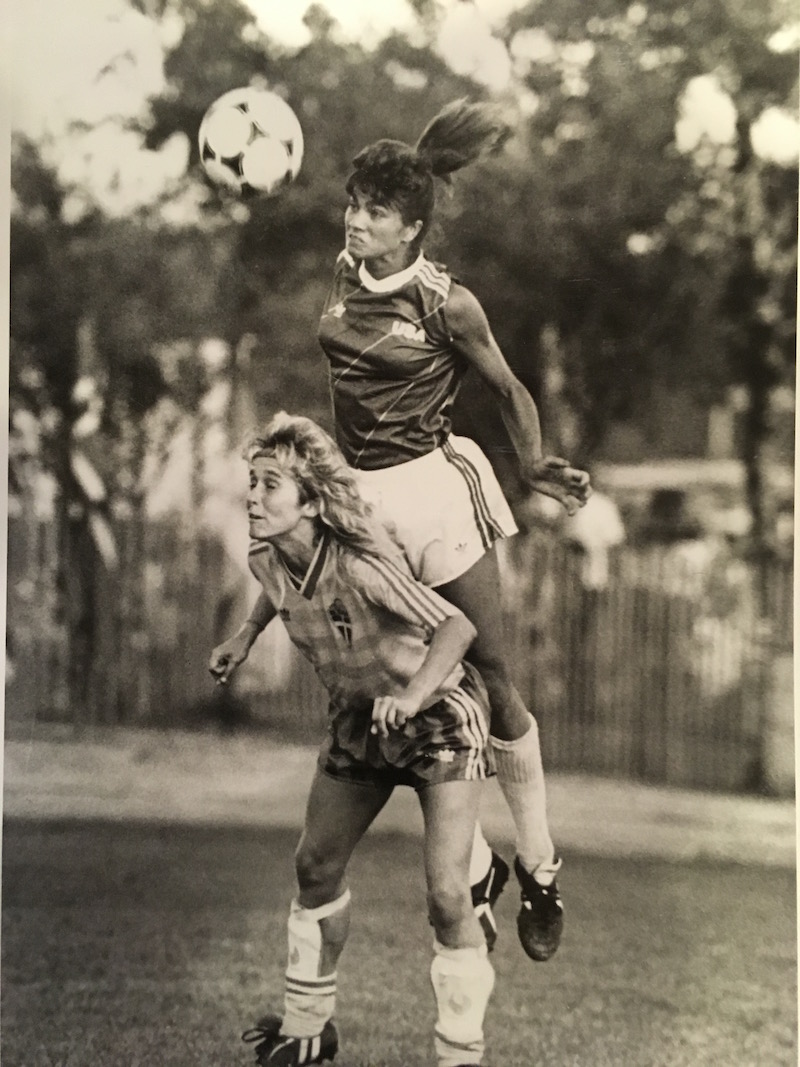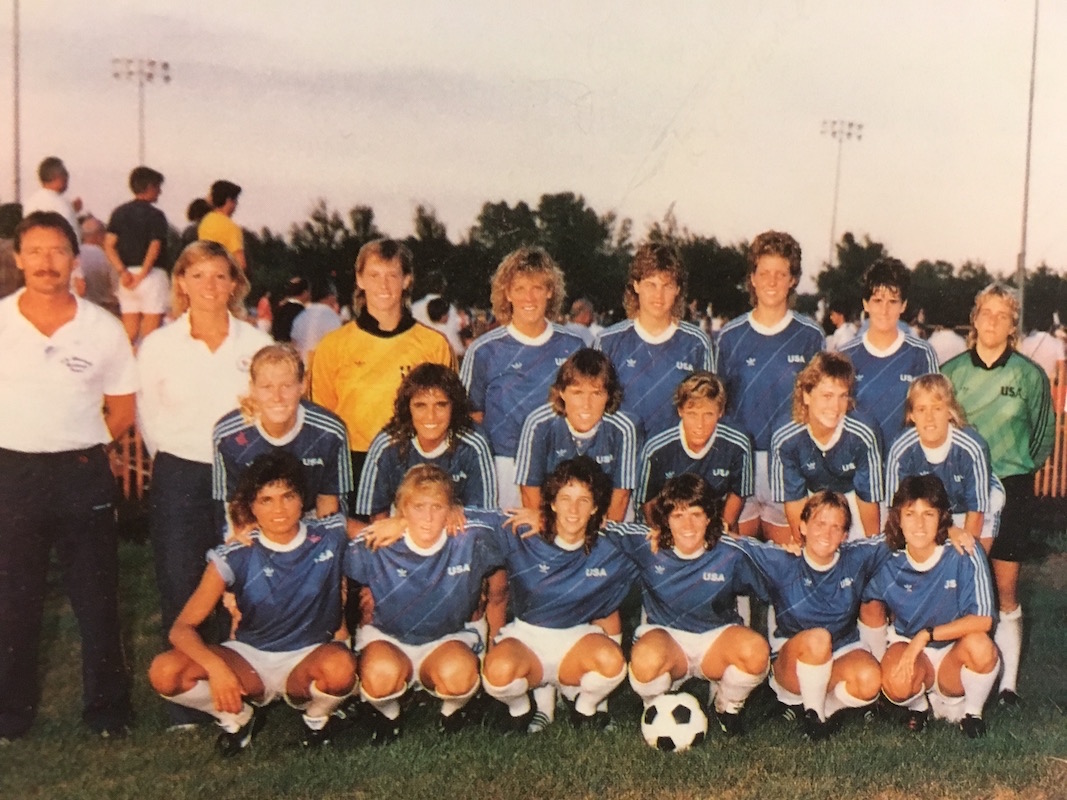Pioneers of the Game – Crabbe and Gordon’s Legacy Continues
Even if you’ve followed the U.S. Women’s National Team for years, it’s likely that you’ve never heard of Kim Crabbe and Sandi Gordon. They were a part of the first group of players who more than 30 years ago set the foundation for what the team is today, two pioneers of the WNT program and the first black women to be called-up and capped, respectively.